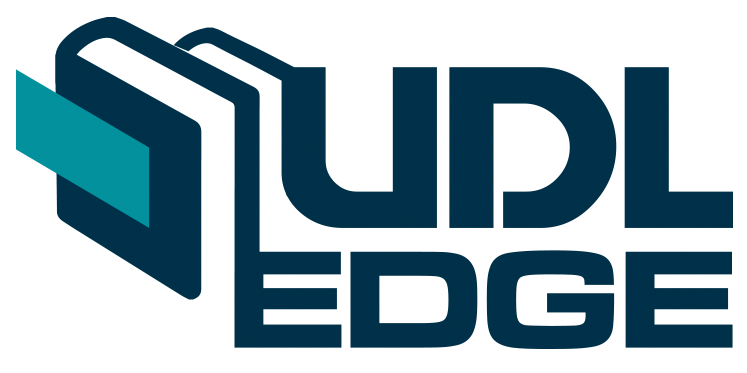Studying Media in the Malay World: The Science of Budi and Kaba
DOI:
https://doi.org/10.22452/KATHA.vol11no1.2Keywords:
Malay World, media, pantun, kaba, Malay philosophyAbstract
This paper employed the field and theme of media studies as a vehicle in exploring the concrete and especially the abstract of the Malay World. It addresses the problems of studying media in the Malay world in the matrix of thought and philosophy. It feeds on how the Malays see themselves and the Others. What is notably absent in the field is questioning its own epistemological assumptions. It isolates itself from the larger Malay cosmology that reflects a poverty of reflexive whispers and voices. The production of knowledge of what passes is accepted as Media Studies is inadequate for comprehending the worlds we inhabit. One approach suggested is to confine it within the evolution of Malay thought and literature, the reality and the metaphor of the Pen, sometimes termed as pekerjaan kalam (the deed of the reed pen), using Vladimir Braginsky’s description of what the Malays have inherited. Thus, in citing the pantun and the kaba, the argument of this paper attempts to integrate the genesis of the Malay media to science and philosophy by essentialising the budi manifested through its various avatars – cosmology, epistemology and metaphysics.
Downloads
Downloads
Published
How to Cite
Issue
Section
License
Articles submitted to the journal should not have been published before in their current or substantially similar form, or be under consideration for publication elsewhere. Authors submitting articles for publication warrant that the work is not an infringement of any existing copyright and will indemnify the publisher against any breach of such warranty. For ease of dissemination and to ensure proper policing of use, papers and contributions become the legal copyright of the publisher unless otherwise agreed. By submitting a manuscript, the author(s) agree that copyright for the article is transferred to the publisher, if and when the manuscript is accepted for publication. However, it can be reprinted with a proper acknowledgment that it was published in KATHA.

This work is licensed under a Creative Commons Attribution-NonCommercial-NoDerivatives 4.0 International License.




